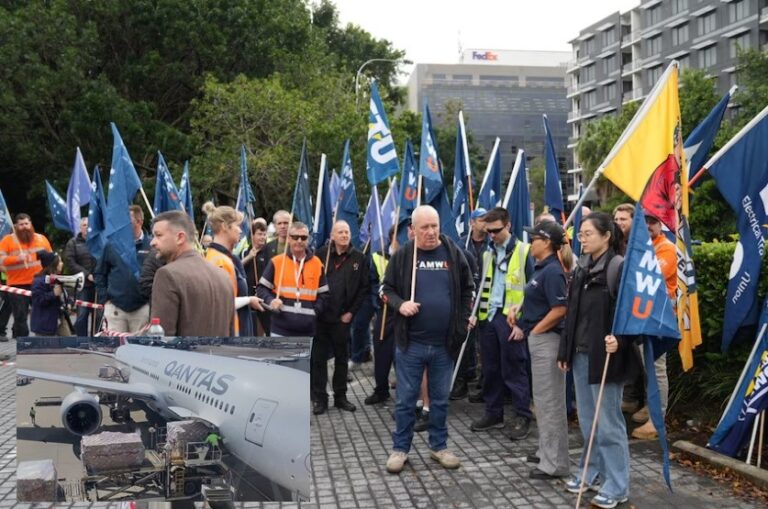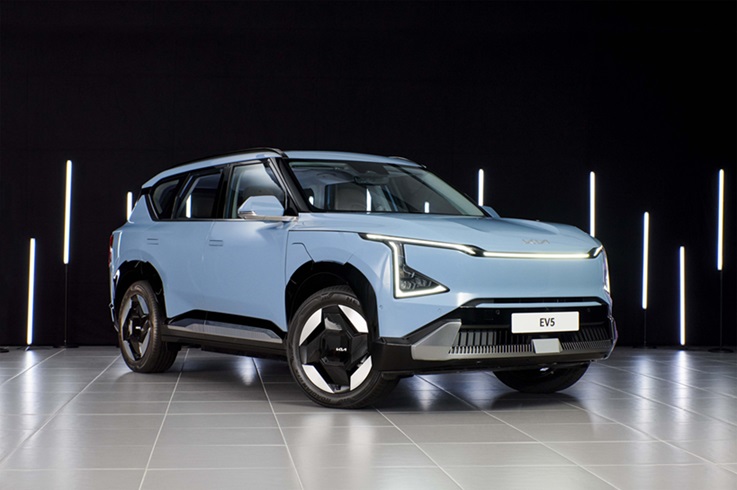In a move that could potentially reshape the commercial aviation landscape, Air China has announced its intention to purchase 100 Comac C919 jets in a deal valued at $10.8 billion based on list prices. This significant order represents a major vote of confidence in the homegrown aircraft manufacturer, Commercial Aircraft Corp. of China (Comac), and its ambitious bid to challenge the duopoly of Airbus and Boeing in the global market.
The deal, which will see the delivery of the planes between 2024 and 2031, marks a significant expansion of Air China’s fleet of almost 500 airplanes. The airline, one of China’s three largest carriers, had previously only ordered a handful of C919s, making this latest announcement a substantial leap forward in its commitment to the domestic manufacturer.
The Comac C919 is positioned as a direct competitor to Boeing’s 737 Max and the Airbus A320neo, two of the most popular and widely used jetliners in the world. Air China’s decision to invest in the C919 is a clear indication of its belief in the aircraft’s capabilities and its potential to compete with established players in the market.
Comac, often referred to as China’s answer to Boeing and Airbus, has been steadily gaining ground in the commercial aviation sector. With the backing of major Chinese airlines like Air China, as well as other carriers like privately owned Suparna Airlines, which recently announced plans to replace its entire Boeing fleet with the C919, Comac is making significant strides towards disrupting the dominance of its Western rivals.
The order from Air China is a significant milestone for Comac and a testament to the growing confidence in China’s ability to compete on the global stage in the field of commercial aviation. As the C919 continues to garner interest and orders from airlines around the world, the future looks promising for Comac and its ambitions to challenge the status quo in the commercial jetliner market.
(Source: Aviation Week | Japan Times | Aero Times)







